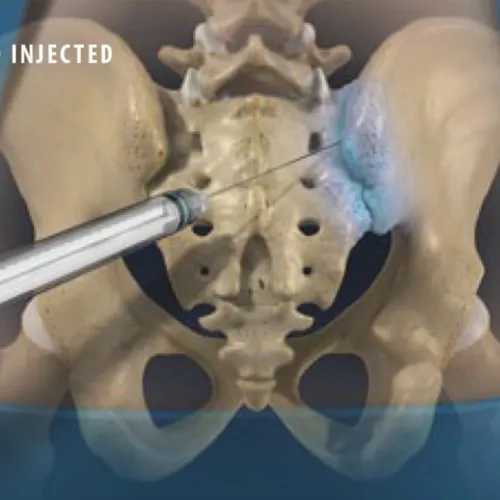Sacroiliac Joint Steroid Injections
What are Sacroiliac Joint Steroid Injections
The SI joint connects the large triangular-shaped bone at the end of the spine (the sacrum) to the two hipbones (iliac bones). The SI joints are designed for stability, not mobility. However, it is subject to degenerative and inflammatory arthritis as well as mechanical dysfunction. A sacroiliac joint injection consists of a Corticosteroid (anti-inflammatory medicine) that can reduce the inflammation in the joint. The corticosteroid is injected, along with a local anesthetic medicine (like Lidocaine) to provide immediate pain relief.
A needle is directed into the sacroiliac joint under X-ray guidance. The doctor may provide a local anesthetic to ensure patient comfort. A small amount of X-ray dye is injected to confirm that the needle is in the joint. Then a mixture of steroids and local anesthetic is injected. This feels like a pressure over the area that is being injected. The needle is then removed and the patient is taken to the recovery area.
Procedure Process
What Are The Risks?
As with any invasive procedure there are some risks and complications associated with sacroiliac joint injections. Any time a needle is put into the body, there is a risk of infection, bleeding and allergic reaction. The risk of infection is prevented by using sterile techniques. The risk of bleeding is very minimal if patients are not on any blood thinners. There are very few allergic reactions to the medications that are used for the injection. If any allergic reactions are identified, medications will be given and patients will be observed to prevent any serious complications. Steroids may have several side effects, but are limited due to the small amount of medication used in the procedure.
In the low back, there are risks of back pain, headache, worsening the pain, not helping the pain, and causing persistent numbness and/or weakness. In most individuals, the spinal cord ends at L1-2, so any injections below those levels have essentially no risk of spinal cord injury or paralysis.

